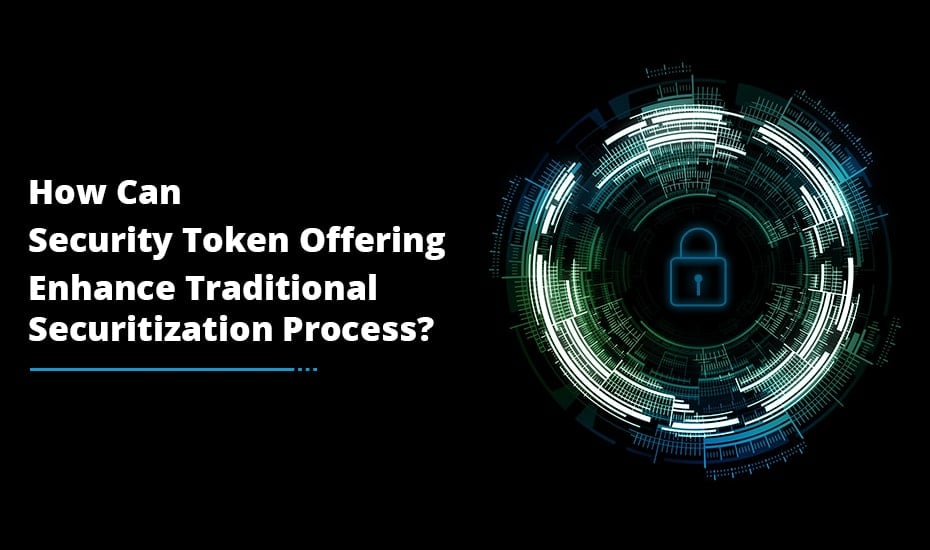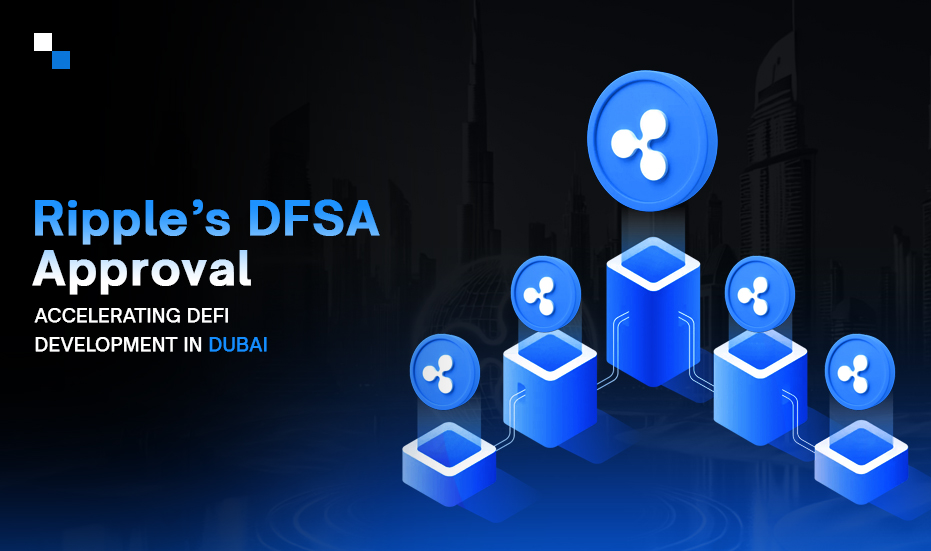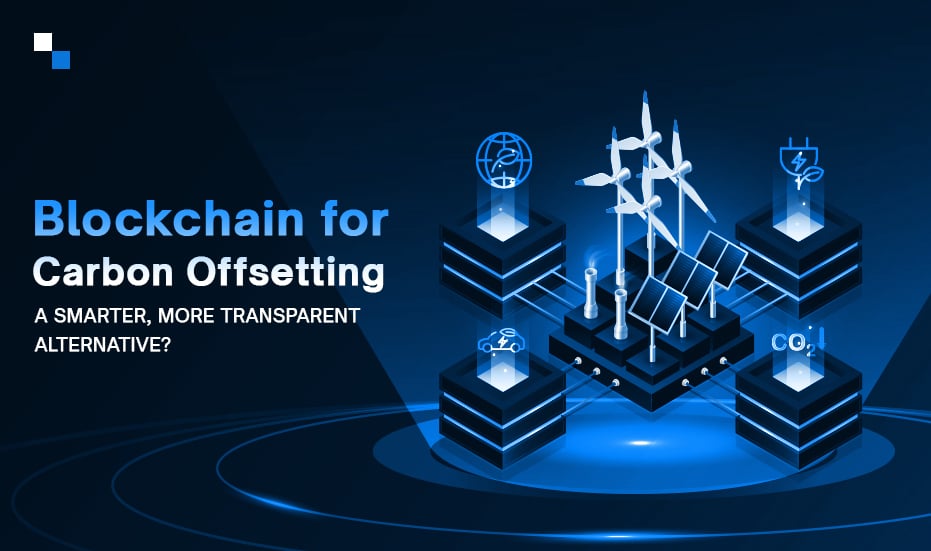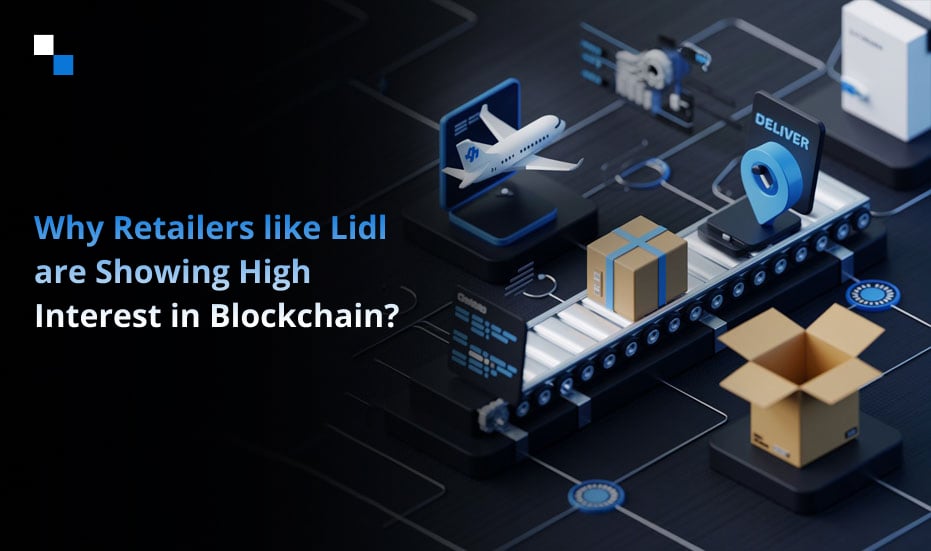
How Businesses Can Leverage The Merits Of Security Token Offerings
April 9, 2019Crypto Coin Development: Important Things you Need to Consider
April 24, 20192018 witnessed the wave of security token offerings. According to venture crypto fund Evercity and Security Token Club, 18 companies raised $380 million through STOs since April, 2018. The preliminary data from Autonomous Next states that 87 institutions are on course of raising $562 million by issuing shares through security token offering in 2019.
The STO landscape comprises various buzzwords such as security tokens, digital securities, tokenized assets, security token development, and more. These, in terms of traditional securitization, refer to the age-old process of issuing, managing, distributing and trading financial assets and physical assets. The definition of security varies with the country, but can be seen from some known asset classes, like:
- Financial assets, including:
Debt and derivatives, such as bonds, mortgages, derivative securities and loans
Equity and funds, such as private company shares, fund interest, trusts, project finance, real estate investment trusts (REIT)
- Physical assets, including exclusive goods (like gold, jewelry), commodities and real estate.
Tokenization is the process of creating a unit of ownership in one of these classes by leveraging blockchain technology. A security token represents shares in a fund, interest payment on a bond class or the right to a property. Tokenization also allows issuers to offer fractional ownership of a single asset by creating multiple tokens linked to a single underlying asset. For example, multiple people can own tokens that represent fractional ownership of a single property.
Why is blockchain-based tokenization better than traditional securitization?
The three distinct features reinforcing blockchain have the potential to significantly improve financial market infrastructure by mitigating overhead cost, improving liquidity and promoting operational efficiencies.
Security token issuers, operators and investors can exploit blockchain technology to:
Set specific rights and limitations for digital asset
A smart contract manages the rights and restrictions and enforces the same to each digital asset, or a token, through a program. With traditional technology, these rights and restrictions are managed and applied by the exchange.
Execute near-real-time trades between two digital assets
High level of security and ease of interaction offered by a blockchain-based system allows direct exchange of value between two parties. For example, a party holding an asset which represents the value of $1 USD can exchange the same with another party having an asset representing 1 share of private equity fund, in real time on a blockchain system.
Maintain a complete audit record for each transaction
Each token transaction made on blockchain is recorded in a secure system that can be accessed round the clock to get real-time information. Furthermore, any document or data related to a digital asset stays with it throughout its lifecycle, in a centralized system of record.
In terms of securitization lifecycle, following are the seven benefits that can reduce inefficiencies in capital allocation, operational procedures and illiquidity:
Flexibility and compliance
Smart contract-driven security token development allows flexible and programmable compliance at the asset level instead of the exchange level. This allows any restrictions associated with deal structure to be directly encoded in the security and are applied throughout the life of the token.
Lower administrative costs
The blockchain technology simplifies token creation and distribution, reducing legal, technology and overhead audit costs.
Improved liquidity
Asset-level compliance means that security token issuers, operators and investors are not committed to a single pool of liquidity. The flexibility to access multiple exchanges makes problems like lack of price discovery and illiquidity discount redundant.
Real-time settlement
The on-chain payment rails allow real-time settlement of transactions, reducing operational cost of an exchange and promoting investor liquidity.
Efficiency
A real-time ledger of asset ownership coupled with on-chain payment rails automates management activities, making them highly efficient.
Investor reach
Simplified lifecycle processing and reduced overhead enable asset managers to reach a large number of investors.
Security token development and trading generate meaningful outcomes for token issuers, operators and investors. They unlock opportunities to gain access to more capital, efficient processes, enhanced liquidity, real-time settlement and streamlined compliance.



